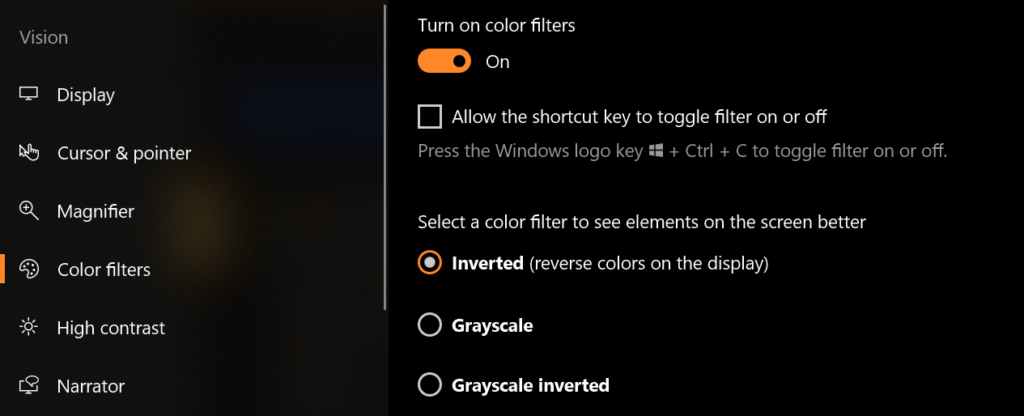Getting feedback from a diverse group of people is important in creating a product that functions for all people. Accessibility should be thought about from the beginning of creation for every website and ADA guidelines should be followed. However, accessibility needs to be tested for throughout the entire process to ensure that the measures being taken are useful, appropriate and effective for the users (Utt, 1). Infusing accessibility into user testing is a key component because it generally makes the products better and helps improve the experience to the masses.
A little less than one fifth (about 18 percent) of Americans have some form of disability (Langa et al. 323). There is not one fix for creating an accessible product because within that huge portion of people, each person requires different modifications made to the website for easier personal use. The way someone with low vision uses a website is different than someone in a wheelchair. Furthermore, people with the same disability can utilize different tools, and prefer different features to cater the product to their desired setting. There are multiple ways in which to alter a web experience for a visually impaired user, yet different visually impaired users will rely on different things depending on what their condition allow and what they find easiest to use. Catering a web experience to a variety of users means there is no right way to create accessibility, however the ways that can improve the experience for a large portion of people should be prioritized.
User testing with the disability community can be extremely important in creating a successful website, however it is not without its challenges in execution. Not only is every disability different, but it can be more expensive and harder to test certain groups even if a company desires to cater their site for those specific audiences. Remote user testing has become technique to reach a more diverse sample because it eliminates some of the physical and economic challenges brought by testing in person. In the deaf and hard of hearing community, remote user testing has been an effective way to increase these communities’ opinions within the trial phase. Scheduling the proctors, multiple users and the interpreter on the same day can be challenging to coordinate and expensive (Schnepp, 1). The ability to reach people from all walks of life via internet with video question and response is more effective and eliminates some of the unnecessary cost. Additionally, it can allow for questions to be asked and responded to in ASL as opposed to written English which is often the preferred way of communicating for the deaf and hard of hearing community (Schnepp, 2). More physical challenges have also benefited from this form of testing. Physical disabilities can make it harder for clients to access the testing space. Accessing the testing location can often be a challenge within itself, therefore keeping the test in the user’s home eliminates those challenges. Often adding accessibility features to a site means the user spends more time searching for what they are seeking. Creating user tests that are short but effective is important in creating a good site. Continued testing of a site from the beginning, as well as large samples of diverse clients can create an increasingly accessible website experience for the users (Utt, 1). While user testing for different communities is necessary for success, there are multiple factors and challenges that need to be addressed initially to create a thoroughly tested website, some of which can be eliminated when testing remotely.
Langa, Lesley A. et al. “Improving the Museum Experiences of Children with Autism Spectrum Disorders and Their Families: An Exploratory Examination of Their Motivations and Needs and Using Web-Based Resources to Meet Them.” Curator, vol. 56, no. 3, July 2013, pp. 323–35. EBSCOhost, doi:10.1111/cura.12031.
Sanchez-Gordon, Mary-Luz and Lourdes Moreno. “Toward an Integration of Web Accessibility into Testing Processes.” Science Direct., 2013, pp 1-11. https://www.sciencedirect.com/science/article/pii/S1877050914000337
Schnepp, Jerry and Brent Shiver. “Improving Deaf Accessibility in Remote Usability Testing.” Visual Communication and Technology Education Faculty Publications., October 24, 2011, pp 1-3. https://scholarworks.bgsu.edu/vcte_pub/11
Utt, Mary Hunter. “Usability Testing by People with Disabilities: Some Guerrilla Tactics.” The Magazine of the User Experience Professional Association, 2010. http://uxpamagazine.org/guerilla_tactics/
